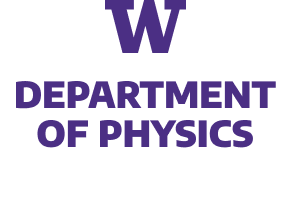The structure and dynamics of many-body systems are the result of a delicate interplay between underlying interactions. Fermionic pairing plays a central role in various physical systems and can lead to collective phenomena such as superconductivity and superfluidity. We explore the potential utility of quantum computers with arrays of qudits in simulating interacting fermionic systems, when the qudits can be naturally mapped to the relevant degrees of freedom. The Agassi model of fermions is based on an underlying $so(5)$ algebra, and the systems it describes can be partitioned into pairs of modes with five basis states, which naturally embed in arrays of $d=5$ qudits (qu5its). Classical noiseless simulations of the time evolution of systems of fermions embedded in up to twelve qu5its are performed using Google’s {\tt cirq} software. The resource requirements of the qu5it circuits are analyzed and compared with two different mappings to qubit systems, a physics-aware Jordan-Wigner mapping and a state-to- state mapping. We find advantages in using qudits, specifically in lowering the required quantum resources and reducing anticipated errors that take the simulation out of the physical space. A previously unrecognized sign problem has been identified from Trotterization errors in time evolving high-energy excitations. This has implications for quantum simulations in high energy and nuclear physics, specifically of fragmentation and highly inelastic, multi-channel processes.
This work was supported, in part, by Universität Bielefeld and ERC- 885281-KILONOVA Advanced Grant (Robin), by U.S. Department of Energy, Office of Science, Office of Nuclear Physics, InQubator for Quantum Simulation (IQuS) under Award Number DOE (NP) Award DE-SC0020970 (Savage), and the Quantum Science Center (QSC), a National Quantum Information Science Research Center of the U.S. Department of Energy (Illa).


